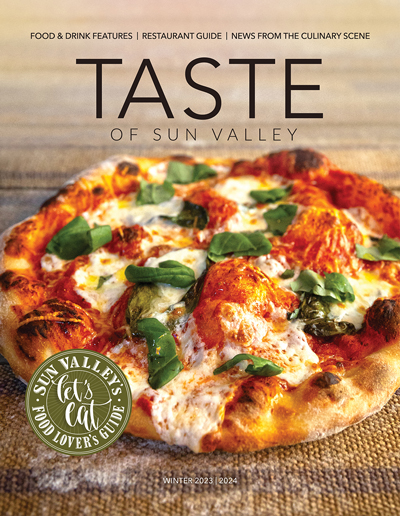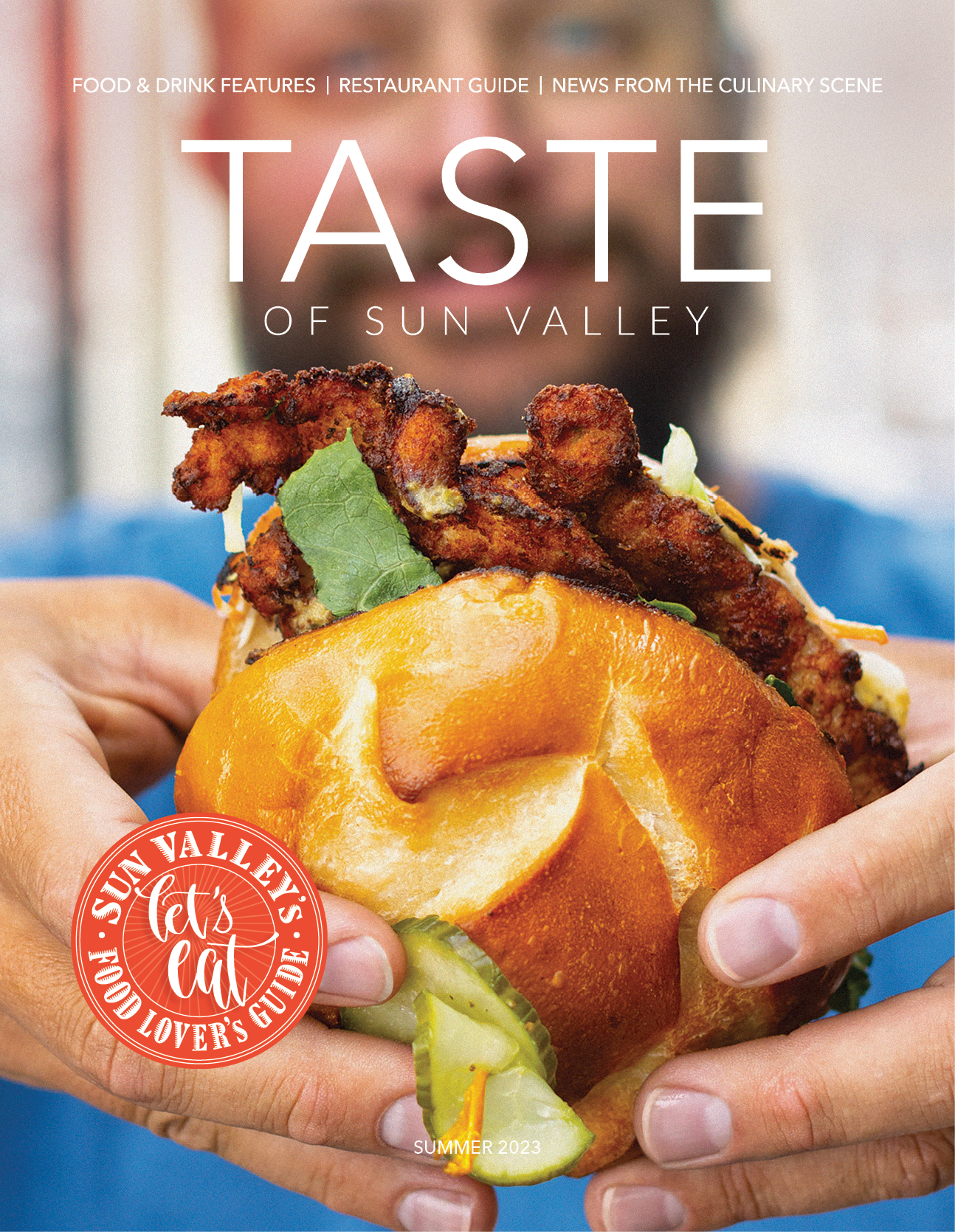“The white Greenfire mare,” they call her, among other things. Sometimes they call her “Stella’s mother.” Other times she is known only by her distinctive color and markings. But, said documentarian and fine art photographer Elissa Kline, “She doesn’t really have a name.” Elissa has been photographing this particular white mare from the very beginning of the Challis Wild Horse saga, through births and deaths, fear, loyalty, a violent roundup and a daunting 1000-mile relocation. “I don’t like to give them names,” she said. “It seems to take away from their wildness.” And “wildness”—freedom—for these creatures is exactly what Elissa has been fighting for for the last eight years.
It was early fall 2004 when Elissa first got roped in. During a photo shoot for a Sun Valley Magazine feature article, “Mountain Mustangs,” she first fell in love with the beautiful and wild-eyed subjects through her lens. Taking those photos, she later admitted in an interview with Sun Valley Magazine, forced her to become involved in their lives on a very intimate level—studying their movements and behaviors, recognizing their emotive and intelligent nature and their loyal familial relationships. “I had said ‘no’ [to taking their photos] for so many years because I knew it was going to break my heart,” she said. “But after I delivered my pictures, I kept going back.” And she hasn’t been able to tear herself away since.

After being approached by Doro Lohmann, founder and director of the Silent Voices Equine Rescue, a non-profit organization that helps horses in need, and joining up with friend Jodi Herlich, the three woman pioneered a rescue mission—to save the horses from being disbanded and sent to disparate parts of the country like they had been for so many years.
Since as early as the 1930s, the US government has been rounding up horses in the American West for sale and slaughter. With hundreds of wild horses roaming the Idaho plains, the Bureau of Land Management (BLM) near Challis has resorted to roundups every few years to keep populations under control. After being corralled, the horses are then shipped off, under federal law, to designated locations across the country—some are adopted, some sent to sanctuaries and many are sent to destinations unknown. The tragedy lies, said Elissa, in watching the tight-knit family bands be wrenched apart: “It was traumatic,” she said, a heart-breaking experience that left her truly shaken. As Doro explained, “We all knew there had to be a better way. It was just a matter of working together to make it happen.”
 So the three women held fundraisers, started online groups, and began raising awareness—even getting James Taylor and Carole King on board to display Elissa’s photos of the horses during their 2010 Troubadour Reunion summer concert tour. But they were hitting dead ends—it was impossible, as Elissa explained, to find somewhere in Idaho that would meet both their criteria and the criteria of the BLM for relocating the horses.
So the three women held fundraisers, started online groups, and began raising awareness—even getting James Taylor and Carole King on board to display Elissa’s photos of the horses during their 2010 Troubadour Reunion summer concert tour. But they were hitting dead ends—it was impossible, as Elissa explained, to find somewhere in Idaho that would meet both their criteria and the criteria of the BLM for relocating the horses.
After a short stint at a ranch south of Bellevue, where Peter Vandermuellen agreed to take all 29 horses for a winter (and ended up having them for three years), the girls began to get nervous as options were wearing thin.
“There was a very moving moment when I was watching the horses being unloaded at Peter’s ranch, and I realized I recognized a few of them—the white Greenfire mare was in the group. And that made me very excited but, at the same time, even more anxious for them,” said Elissa.
Then, out of Southern California came new hope. And it came in the form of Neda DeMayo.
 “I saw her passion and her commitment,” said Elissa, “and I thought, ‘I didn’t mean for this to be my cause, but I’ve seen too much to walk away now.’” Neda was the head of the Return to Freedom wild horse sanctuary in Southern California and, after meeting Elissa and hearing the story, she said simply, “I’ll take them.” Working together with Doro and Jodi, along with a team of veterinarians including Monte Easterday and Steve Fairbrother, multiple volunteers and the BLM, they were finally able to transport the horses over 1000 miles across the Nevada desert to their new home in Lompoc, California.
“I saw her passion and her commitment,” said Elissa, “and I thought, ‘I didn’t mean for this to be my cause, but I’ve seen too much to walk away now.’” Neda was the head of the Return to Freedom wild horse sanctuary in Southern California and, after meeting Elissa and hearing the story, she said simply, “I’ll take them.” Working together with Doro and Jodi, along with a team of veterinarians including Monte Easterday and Steve Fairbrother, multiple volunteers and the BLM, they were finally able to transport the horses over 1000 miles across the Nevada desert to their new home in Lompoc, California.
“Next to never having been removed from their home range in the first place, the best place for these horses is Return to Freedom wild horse sanctuary. They are protected, treated with respect, and will never again have to endure another roundup,” said Carole King. “They have adjusted beautifully,” added Elissa, who has gone to visit them in California many times since their relocation in June.



And yet, while the horses now have over a thousand acres to roam free, if not wild, they haven’t gone unaffected by the transition. “I can see how being in captivity has changed their physical look,” Elissa said. “They have less muscle mass from standing around, their coats have lost much of their luster and their hooves are in worse shape. I’ve noticed it particularly in the Greenfire mare, because I have been taking photos of her the longest. I can see it in her eyes—it’s almost like a broken look.” The whole experience has been, as she said, “bittersweet.”
“It feels like a triumph, but it’s not over,” said Elissa. And good changes are on the horizon.

“This project has given birth to something much bigger,” said Doro. Although still in the works, she said it will involve keeping the horses on their homeland in Idaho, keeping them together and keeping them wild. “That is what we have wanted all along. And now, working together with the BLM, as a team, we can start managing them more responsibly. And hopefully, inspire others to do the same.”
 Meanwhile, thanks to these three brave ladies and the continued work of Neda DeMayo to procure wild horse natural reserves across the West, the white Greenfire mare is able to pound the earth of California, nothing but wide plains and sunsets on a distant horizon, visited frequently by Elissa’s long, gazing lens. “She’s not my favorite. I don’t have any favorites,” she contested. But those who have lived the entire history of the Challis Wild Horses with Elissa, when speaking to her, still refer to the white Greenfire mare with the name “Your Mare.”
Meanwhile, thanks to these three brave ladies and the continued work of Neda DeMayo to procure wild horse natural reserves across the West, the white Greenfire mare is able to pound the earth of California, nothing but wide plains and sunsets on a distant horizon, visited frequently by Elissa’s long, gazing lens. “She’s not my favorite. I don’t have any favorites,” she contested. But those who have lived the entire history of the Challis Wild Horses with Elissa, when speaking to her, still refer to the white Greenfire mare with the name “Your Mare.”



